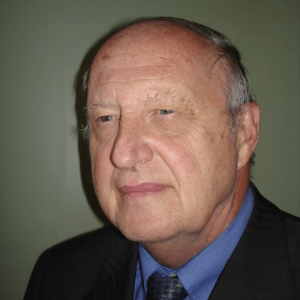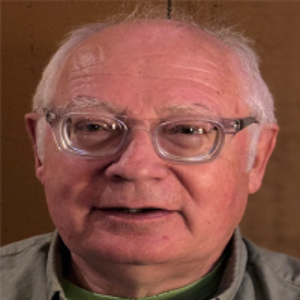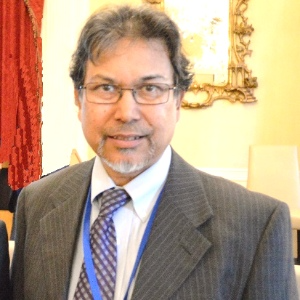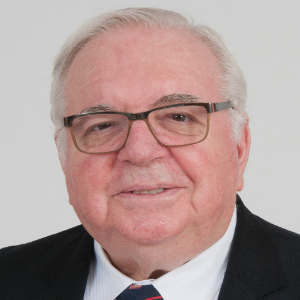According to the standard definition of nanoscale, materials with a unit size of 1 lizing developments in materials metrology and synthesis created in support of microfabrication research, nanomaterials research approaches nanotechnology from the perspective of materials science. Nanoscale materials frequently exhibit special optical, electrical, thermophysical, or mechanical capabilities. Nanoscale is defined as the "length range approximately from 1 nm to 100 nm," and nanomaterial is defined as the "material with any outward dimension in the nanoscale or having internal structure or surface structure in the nanoscale." the "length range roughly between 1 nm and 100 nm" is the definition of the nanoscale. Both nano-objects, which are discrete bits of material, and nanostructured materials, which have internal or surface structure on the nanoscale, are included in this; a nanomaterial may belong to any of these categories. "A natural, accidental, or artificial substance having particles, in an unbound state, as an aggregation, or as an agglomeration, and for 50% or more of the particles in the numerical size distribution, one or more exterior dimensions is in the size range 1 nm - 100 nm. The number size distribution barrier of 50% may occasionally be changed to a threshold between 1% and 50% when justified by issues with the environment, human health, safety, or competitiveness.

Ephraim Suhir
Portland State University, United States
Thomas J Webster
Interstellar Therapeutics, United States
Robert Buenker
University of Wuppertal, Germany
Will Skene
Montreal University, Canada
Valeriy A Buryachenko
Micromechanics & Composites LLC, United States
Anis Rahman
Applied Research & Photonics, Inc, United States
Will Skene
Montreal University, Canada
Robert Guidoin
Laval University, Canada
Robert Buenker
University of Wuppertal, Germany


Title : Introducing picotechnology: An exciting extension of nanotechnology
Thomas J Webster, Interstellar Therapeutics, United States
Title : The failure of both einsteins space-time theory and his equivalence principle and their resolution by the uniform scaling method
Robert Buenker, University of Wuppertal, Germany
Title : Material challenges with proton conducting ceramics for intermediate temperature hydrogenation/dehydrogenation applications
Saheli Biswas, Commonwealth Scientific and Industrial Research Organisation, Australia
Title : Porphyrin layers at metal-electrolyte interfaces monitored by EC-STM and CV
Marek Nowicki, University of Wroclaw, Poland
Title : Color control of electrochromes by structural modification
Will Skene, Montreal University, Canada
Title : Make experiments more efficient: Two simple and powerful approaches. Mg2Si growth for photovoltaic and thermoelectric applications
Alexander S Gouralnik , Institute of Automation and Control Processes, Russian Federation
Title : Reconfigurable antenna structures using tunable materials
Nasimuddin, Institute for Infocomm Research, Singapore
Title : (0, 1 and 2) Dimensional hybrid architecture of the synthesized materials leads the smart sensing of the gaseous species at low/room temperature
D R Patil, North Maharashtra University, India
Title : Enhanced grain refinement, precipitates regulation, and improved mechanical properties of cast Al-Li alloy by Ti addition and heat treatment
Lixiong Shao, Shanghai Jiao Tong University, China
Title : Broadband sound attenuation of shape memory polymer with triangular-honeycomb unit cell metamaterial structural design
Musaab Ejaz, Universiti Teknologi PETRONAS (UTP), Malaysia